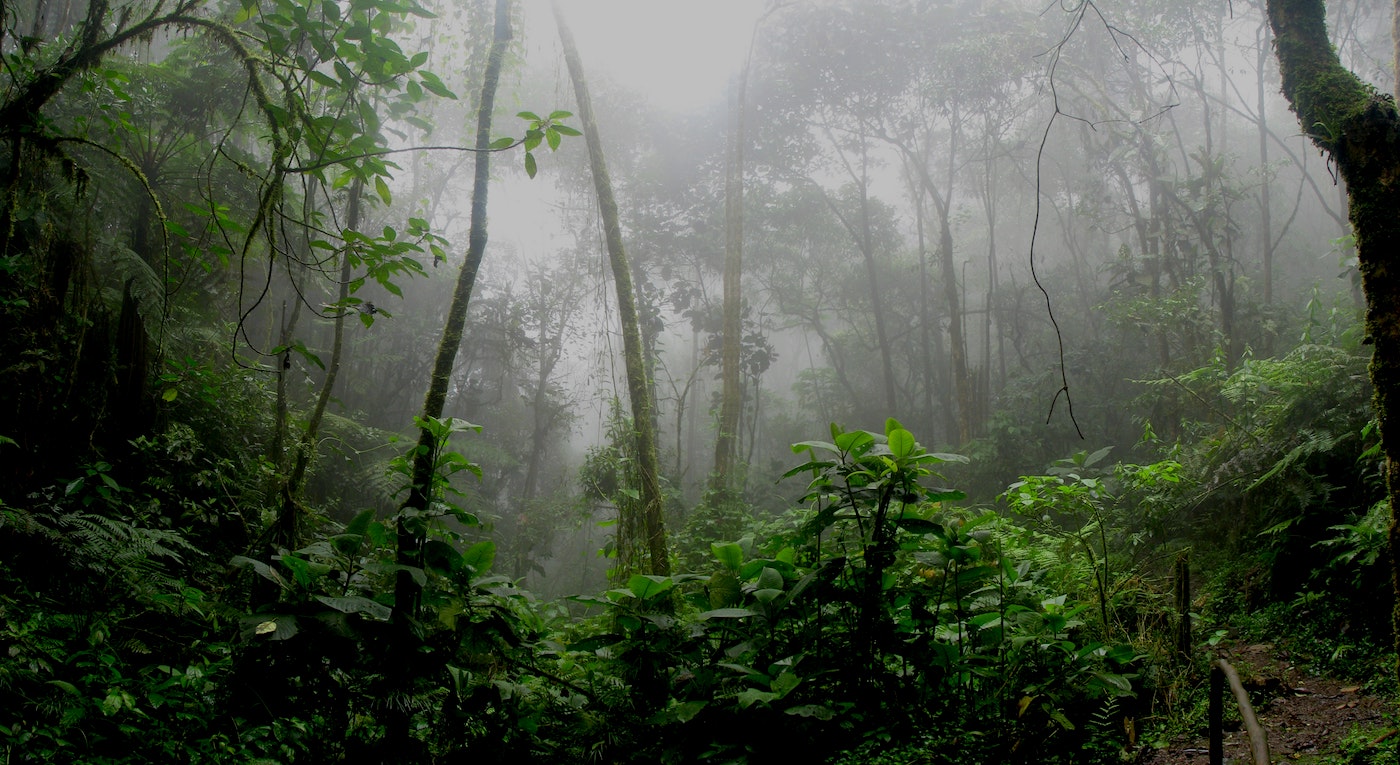The Borneo rainforest is the oldest rainforest in the world, and one of the most biodiverse. Its biodiversity has been safeguarded for centuries by the Indigenous communities that call those forests home.
It is now understood that securing Indigenous land rights in conservation and land management garners the best results for biodiversity conservation. Research has shown that Indigenous lands have equal-or-higher biodiversity than protected areas. The stakes are incredibly high for forest-dependant communities in protecting biodiversity, as they rely on healthy forests and rivers for their nutritional, cultural, and livelihood needs.
Species

A Pangolin (Manis javanica) forages at night for ant and termite nests, using its keen sense of smell to locate a nest. Photo by Chien C Lee.
There are about 15,000 species of flowering plants with 3,000 species of trees , 221 species of terrestrial mammals and 420 species of birds in Borneo. It is home to many endemic species of plants and animals. The remaining Borneo rainforest is one of the only places you can find many endangered and threatened species, including the Bornean orangutan, pygmy elephant, clouded leopard, North-Borneo gibbon, Sunda pangolin, and many species of hornbill.
Geography

Although shy, the Bearded Pig (Sus barbatus) is abundant in the forests of Borneo, and its presence is usually indicated by diggings and wallows left as they forage for food on the forest floor. Photo by Chien C Lee.
There are seven distinct ecoregions in Borneo. The Borneo lowland rainforests cover most of the island, with an area of 427,500 square kilometres (165,100 sq mi). Other lowland ecoregions are peat swamp forests, freshwater swamp forests, and mangrove forests. The Borneo mountain rainforests lie in the central highlands of the island, above 1,000 meters. The upper elevations of Mount Kinabalu, the highest point on the island, include the Kinabalu mountain alpine meadow, an alpine shrubland notable for its numerous endemic species, including many orchids.
Our role in biodiversity conservation

Field technicians for the Baram Heritage Survey
The Borneo Project works primarily with communities located in the middle and upper stretches of the Baram River in Northern Sarawak. The Baram is a major tributary of Sarawak that starts in the mountainous highlands near the border with Indonesia and winds its way north to the small city of Miri on the South China Sea. The area was densely covered in tropical rainforest until the last few decades, when first logging and then massive oil palm expansion moved in. Despite the striking impact extractive industries have made on the landscape, a significant amount of forest cover and biodiversity remain.
A survey conducted by The Borneo Project in 2020 and 2021 confirmed that the communities of the Baram have an exceptional knowledge of local wildlife, with the ability to identify animals and birds through sight, sound, tree markings, footprints, feathers, scat, nests, and food. The data collected by the field technicians confirms the presence of a huge diversity of wildlife. The survey identified the presence of 39 rare, threatened and endangered species across the project site. This includes 3 critically endangered species, 9 endangered species, and 27 vulnerable species.
Despite being a biodiversity hotspot, the upper Baramhas attracted little research, in part due to its inaccessibility. Most ecological studies in Sarawak have concentrated on protected areas where logistics make research more achievable. Our work recognizes that people from local communities are the true experts when it comes to recognizing local fauna and flora and evaluating their environments.

